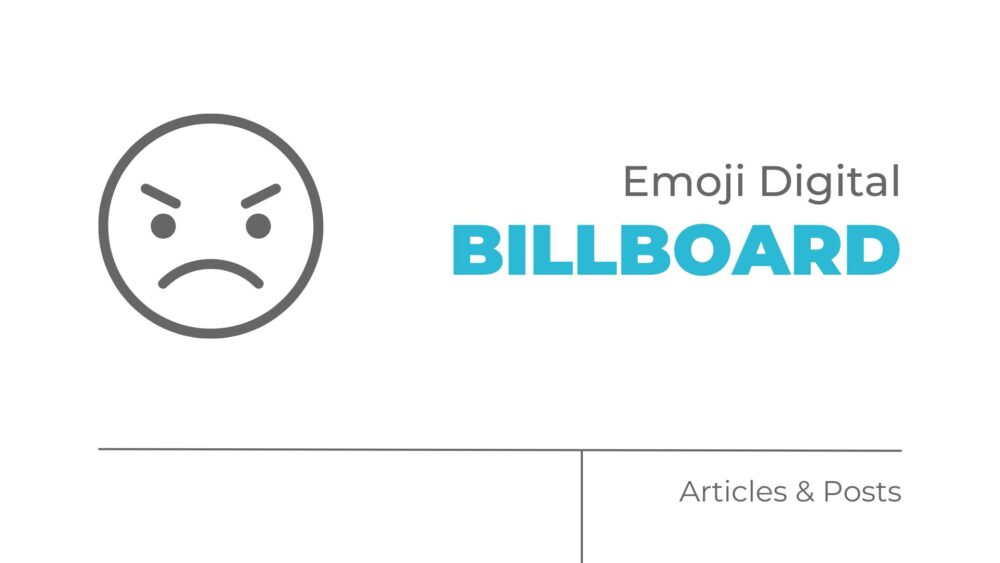In the world of outdoor advertising, emoji digital billboards brought something new by reacting to real-time events like weather and traffic.
These billboards were great examples of Atlanta billboard design, bringing the fun, familiar emojis we use every day into public spaces.
Whether it was a rainy day or smooth traffic, the billboards reflected what was happening in the moment, making your drive more enjoyable and engaging.
How Did Emoji Digital Billboards React to Real-Time Conditions?
These emoji billboards were not your typical static ads, they adapted to the environment around them.
With the help of smart technology, they could detect traffic or weather conditions and change the emoji accordingly.
For example, if traffic was heavy, you’d see a “meh” face or a poop emoji.
On a sunny day, a smiley or sunglasses emoji might have appeared.
This real-time interaction made the billboards entertaining while also connecting with drivers in a unique way.
What Did Marketers Learn from the Emoji Movie’s Billboard Campaign?
When Sony launched its Emoji Movie campaign, it showcased how billboards could engage with people in real-time.
In cities like Atlanta, these digital billboards displayed different emojis based on the traffic or weather.
For example, during a traffic jam, the poop emoji might pop up, while smoother traffic would bring out a happy face.
This campaign wasn’t just about advertising a movie, it was about making people feel a part of the experience.
Marketers can learn that using interactive, real-time ads strengthens the connection with audiences.
By reflecting people’s current situation, brands can engage in a more meaningful way.
Just like Nick’s Ice Cream’s playful billboards or Chick-fil-A’s humorous “Eat Mor Chikin” ads, these interactive billboards built a memorable experience.
Was This the Future of Interactive Advertising?
Emoji billboards were an early sign of how outdoor advertising was evolving.
With new technology, it’s easier to create personalized, dynamic ads that react to real-time events.
Just like Chick-fil-A’s famous cow billboards that became a part of our culture, emoji billboards showed how advertising can connect with people in fun and creative ways.
In busy cities like Atlanta, where traffic can be tough, these billboards added a lighthearted moment to an otherwise routine commute.
At the End of the Day
Emoji digital billboards were more than just cute pictures.
They created real-time, interactive moments that turned advertising into something people enjoyed.
By making these moments fun and relevant, these billboards were more than just ads.
They became part of the day.
Whether it was a sunny day or a traffic-heavy commute, they left a lasting impression on everyone who passed by.


Comments are closed.